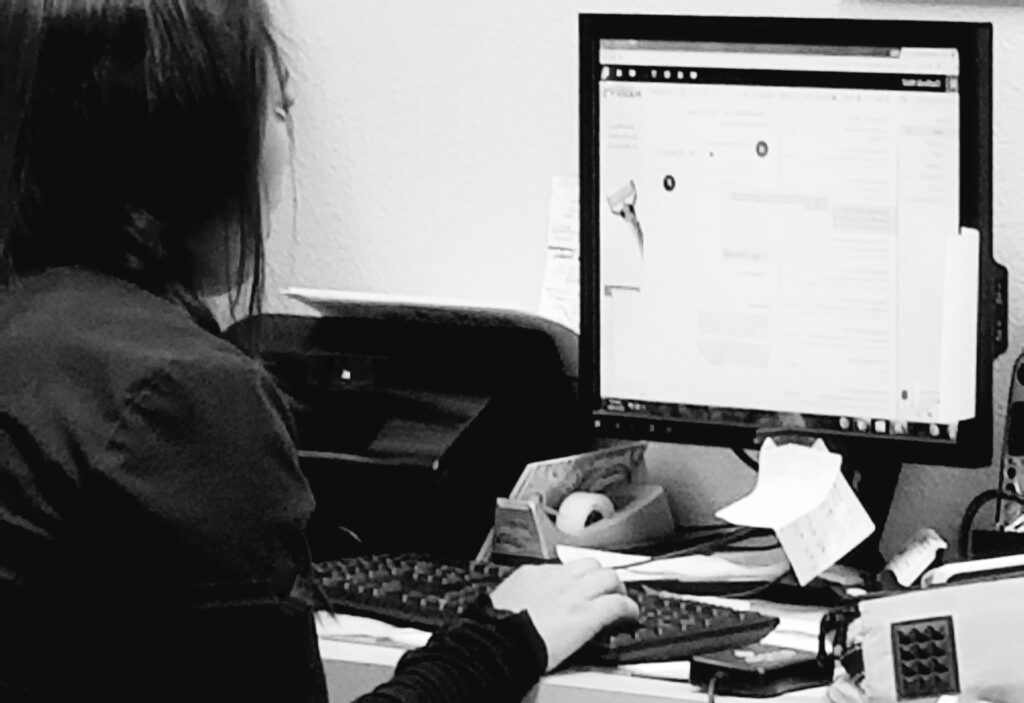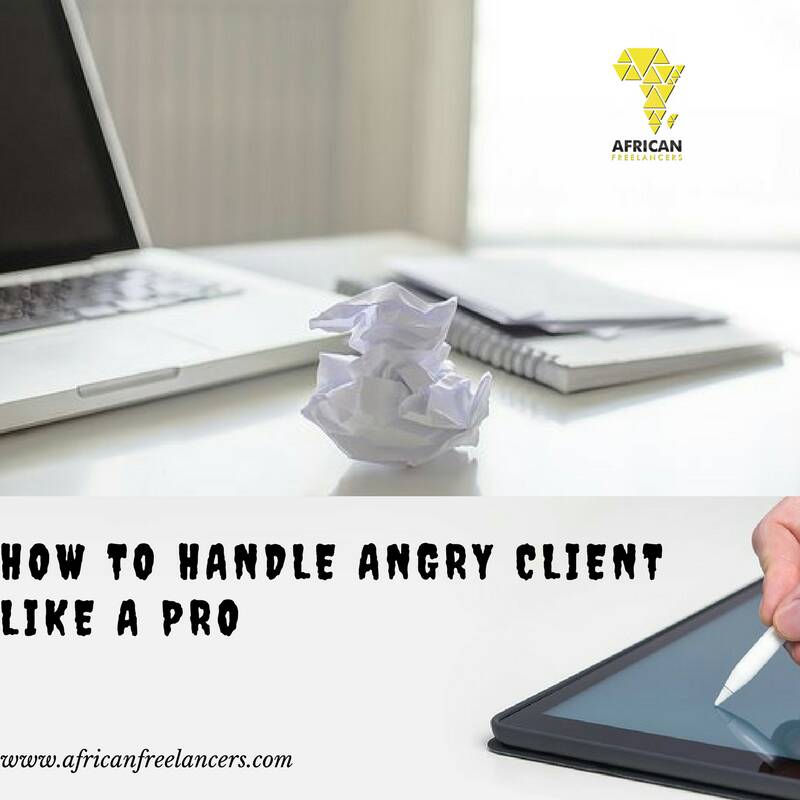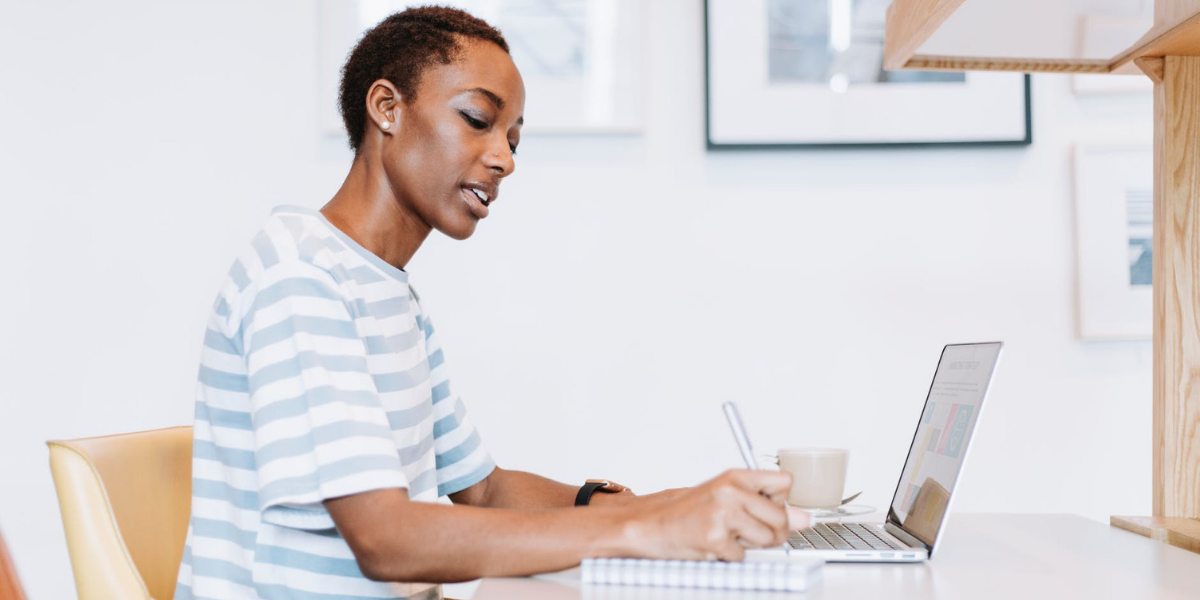Let’s picture this: you open an app and have no idea where to tap or what to do, but you know it was made for you. That ease of use isn’t by chance; it’s the work of a UX designer to make it easy. Right now, UX design is one of the hottest, most rewarding careers you can start with as an African freelancer. And so, how do you become a UX designer? Learn how to become a UX designer without previous experience; all you need is dedication and desire.
On average, as of now, a UX designer’s salary is around $90,000 per year. This depends on where you live, your experience, and any other specialised skills you have. This guide will help you become a UX designer without any experience.
Who is a UX Designer?
UX stands for user experience, and it is how someone engages with a product or service. For a better understanding, think about online shopping, online payment, or even a game app. You could find a website or an extremely user-friendly application, and you can search for what you need with ease. You can get a hang of the system in your first trial, finding all that you need easily. A UX designer is a professional whose interest is creating products that include websites, applications, and software. The goal of a UX designer is to make the interaction between a user and a website seamless.
That is what we would consider a great user experience! However, you will get frustrated when you visit a website or app that is annoying to navigate, like one that takes a long time to load or has a disorganised layout. That is what we refer to as a bad user experience.

Steps on How to Become A UX Designer
The process of becoming a UX designer is interesting, it is important to follow a well-structured step-by-step process that equips you with the right skills and experience. This includes learning design principles, learning industry-standard tools, and putting these into practice on real-world projects.
Now, let’s talk about the steps on how to become a UX designer:
Understand UX Designing
Your first order of business is to learn about the various disciplines that comprise the broad system of modern UX design. Learn about the different niches so you can decide whether you’d ultimately wish to specialize further in a particular area of user experience.
The golden rule of UX design is user-centricity, and you’ll find that each of the more specialized rules and best practices you discover adds up towards this single overarching principle.
But what does user-centricity mean? It’s about keeping the user at the center; designing with real people, not assumptions; deciding based on what they need and not on what you think they need.
Learn UX Methods
The UX design process can be divided into four significant stages:
- research
- design
- testing
- implementation
With this overview in mind, you may now start learning about the actual processes and steps involved in each stage.
Take a UX Design Course
As you will have noticed, there is are lot of content out there, and while this is wonderful to help your background reading on the career path, it will not make you a hireable UX designer. What you need now is a formal, hands-on learning process.
When choosing a UX design course, you will want to get the most value for your money. It’s a bet on your future, after all, so you need to do it right. You should know that not every course is the same. Search for one that encourages you to get a hands-on project as you learn. Employers will be interested in knowing you have the right practical skills under control, so learning only the theory is insufficient.
Practice Your Design Skills
Aside from your portfolio projects, you do in your UX design program, you can hone your skills and get better at designing by getting as much extracurricular design as possible under your belt. Hiring designers is expensive, and there are plenty of charities and non-profits to be found who will more than appreciate your soon-to-be developing design skills. Skills-based volunteering and internship programs are an excellent way to gain real-world practice while earning some interesting projects for your portfolio.
Build a Portfolio
As people committed to seeing African freelancers flourish, we’ve said this time and again: Your portfolio is your best tool as a freelancer, more so as a UX designer. Your portfolio is, quite simply, an individual website that welcomes the user and showcases a selection of your work. And yet, if done correctly, it does so much more than that; it tells a story and takes the viewer on a journey.
Your portfolio must include your process: How do you think about problems? What are your thought patterns? Your client wants to know as that will guide their hiring process.
Build a Network
Especially in a creative field like design, networking offers many advantages, and it’s not just about schmoozing your way to a job opportunity, either. Connecting with fellow designers will inspire and motivate you, whether it’s with like-minded newbies or industry veterans. You’ll also discover untold opportunities to learn, collaborate, air your frustrations, and just have fun. Platforms like LinkedIn are a great way to start your networking activity.

Skills Needed to Become a UX Designer
UX designers use a combination of technical skills and workplace skills to carry out design tasks. Some of the skills are specific to the UI/UX profession, but others are more general. You probably already have skills that can help you transition to a new UX design career.
- Prototyping, wireframing, user flows, mockups
- Visual design and design software
- User research and usability testing
- Agile
Conclusion
Learning how to become a UX designer without experience isn’t hard if you have the right guide, like the one above. Take the necessary courses, carry out detailed research, and don’t be a loner on your journey. Don’t forget to always put your design skills into practice. The best way to get better at something is to do it over and over.
Stay updated with trends and other freelance opportunities by clicking here.





